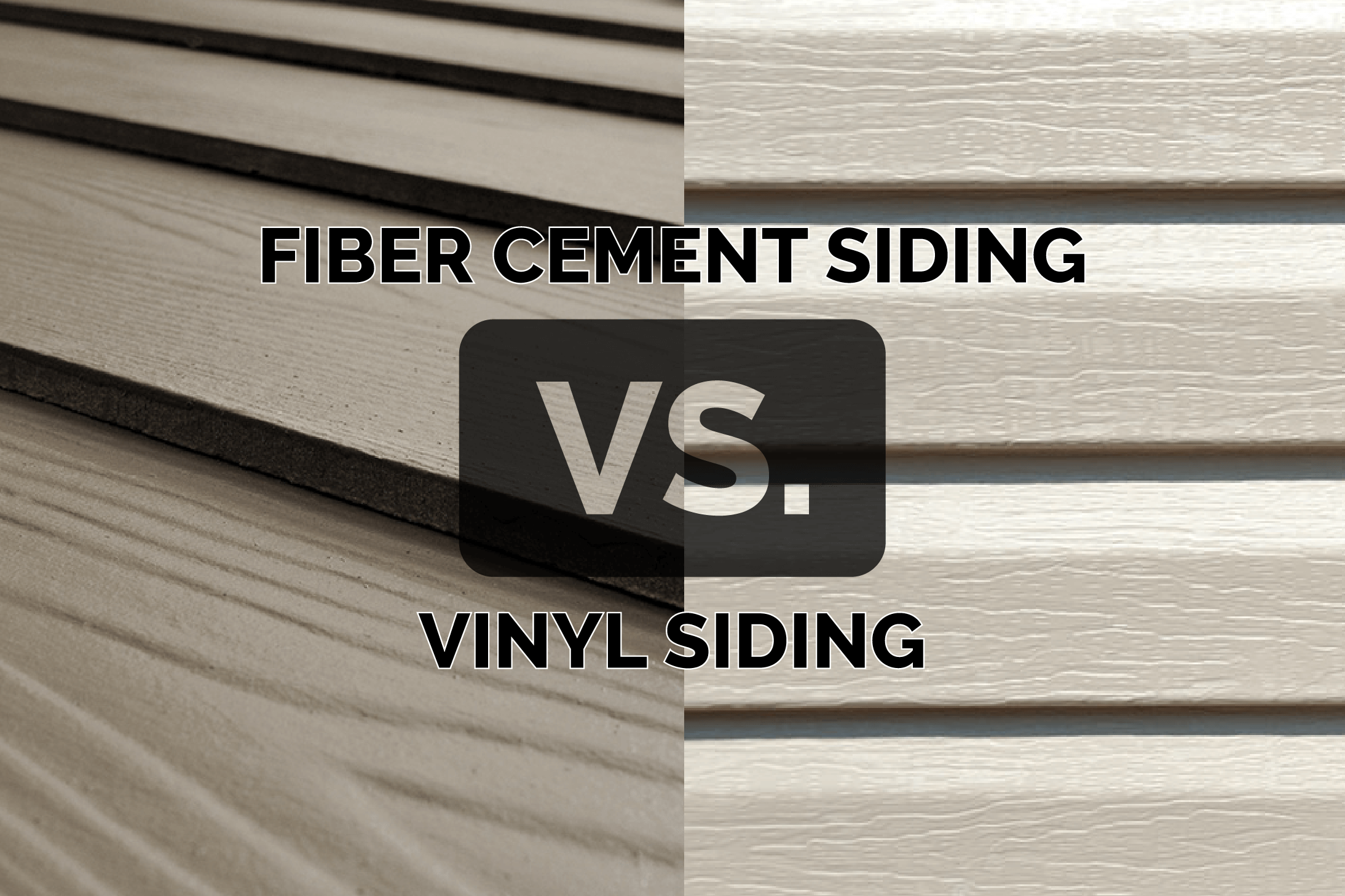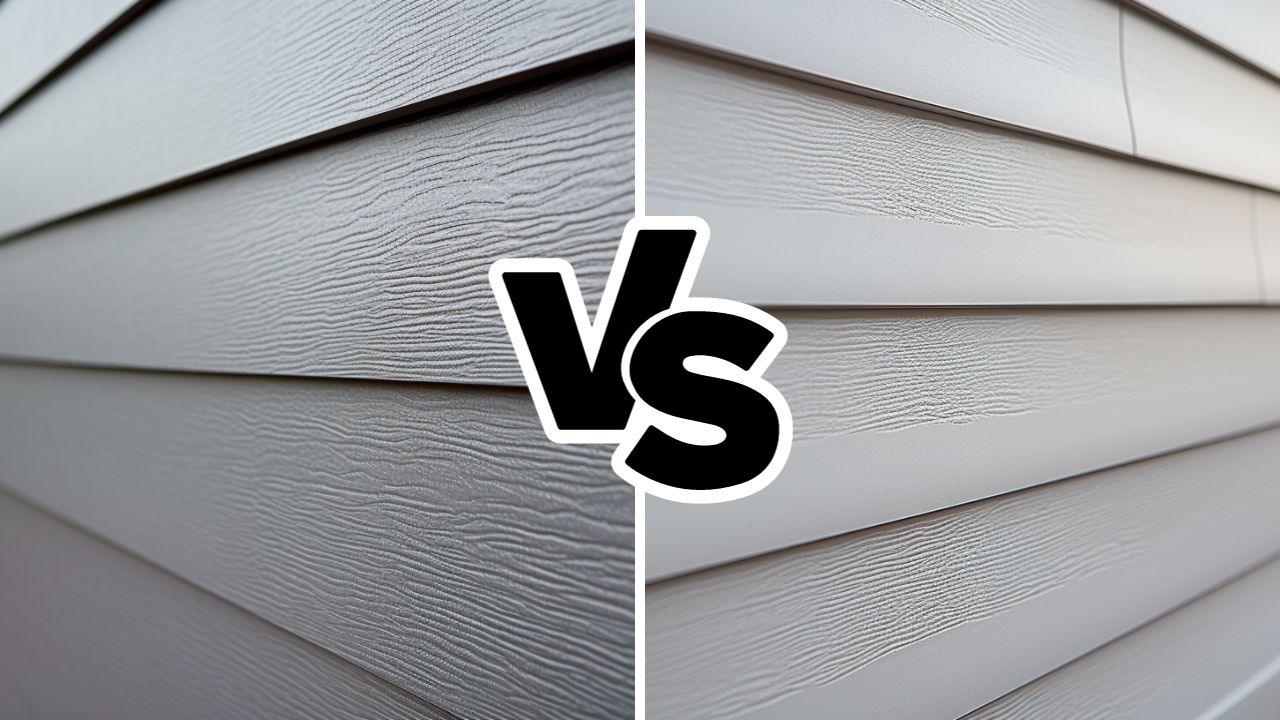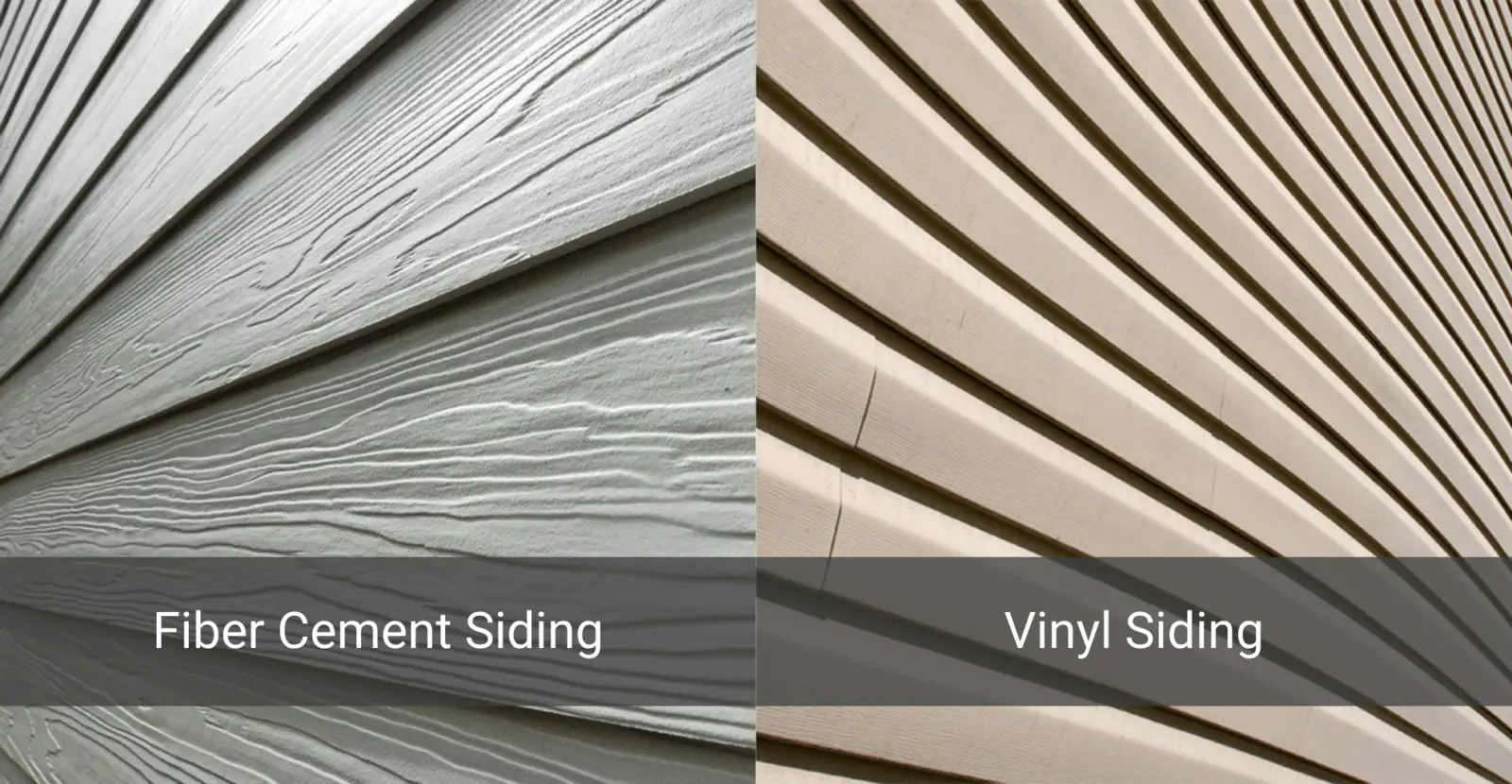General
Vinyl vs Fiber Cement Siding Comparison: Which is Right for You?

When it comes to the debate of vinyl vs fiber cement siding comparison, get ready to delve into the world of exterior home materials. From durability to design options, we'll explore the key differences between these two popular choices. Let's uncover the pros and cons to help you make an informed decision for your property.
Vinyl Siding Characteristics
Vinyl siding is a popular choice for homeowners due to its versatile nature and numerous benefits. Let's explore some of the key features of vinyl siding and why it is a preferred option for many.
Advantages of Vinyl Siding
- Low Maintenance: Vinyl siding is relatively low maintenance compared to other materials like wood. It does not require painting and can be easily cleaned with soap and water.
- Durability: Vinyl siding is known for its durability and ability to withstand harsh weather conditions such as extreme heat, cold, and moisture. It is resistant to rot, corrosion, and insect damage.
- Cost-Effective: Vinyl siding is an affordable option for homeowners looking to improve the appearance and protection of their homes without breaking the bank.
- Versatility: Vinyl siding comes in a wide range of colors and styles, allowing homeowners to choose the option that best suits their aesthetic preferences.
- Energy Efficiency: Some vinyl siding options are designed to improve the energy efficiency of homes, helping to reduce heating and cooling costs.
Durability Comparison
Vinyl siding is generally more durable than materials like wood or fiber cement siding. It is less prone to rot, corrosion, and insect damage, making it a long-lasting option for homeowners. Additionally, vinyl siding can withstand extreme weather conditions better than other materials, maintaining its appearance and structural integrity over time.
Fiber Cement Siding Overview

Fiber cement siding is a durable and versatile building material that is commonly used for residential and commercial properties. It is made from a mixture of cement, sand, and cellulose fibers, which are compressed and formed into siding panels.
Composition and Structure
Fiber cement siding is composed of approximately 90% cement, 10% cellulose fibers, and water. This combination creates a strong and resilient material that is resistant to fire, insects, and harsh weather conditions. The siding panels are available in various textures and finishes, including wood grain and smooth surfaces.
Benefits of Choosing Fiber Cement Siding
- Durability: Fiber cement siding is highly durable and can last for decades with minimal maintenance.
- Weather Resistance: It is resistant to rot, warping, and cracking, making it ideal for areas with extreme weather conditions.
- Fire Resistance: Fiber cement siding is non-combustible and can help protect the property from fires.
- Versatility: It can be painted in a wide range of colors and styles to suit the aesthetic preferences of the property owner.
- Low Maintenance: Requires minimal maintenance, only needing occasional cleaning to maintain its appearance.
Aesthetics and Design
Vinyl siding and fiber cement siding both offer unique aesthetic qualities that can greatly impact the overall look of a home. Let's delve into the design options and curb appeal enhancements each type of siding can provide.
Aesthetic Qualities
When it comes to aesthetics, vinyl siding is known for its versatility in mimicking the look of various materials such as wood, stone, or even metal. It comes in a wide range of colors and textures, offering homeowners plenty of options to customize the appearance of their home.
On the other hand, fiber cement siding has a more natural and textured look, closely resembling the look of wood. It provides a more upscale and polished appearance to a home
Design Options
Vinyl siding comes in different profiles such as horizontal panels, vertical panels, shakes, shingles, and scallops. This allows for a variety of design possibilities to suit different architectural styles. Fiber cement siding also offers a range of design options including lap siding, vertical panels, and shingles.
Both types of siding can be painted to further enhance the design and complement the overall aesthetic of a home.
Curb Appeal Enhancement
Vinyl siding can enhance the curb appeal of a home by giving it a fresh, clean look that is low maintenance and durable. The variety of colors and textures available can help homeowners achieve a modern or traditional aesthetic. Fiber cement siding, with its natural appearance and durability, can add a timeless and sophisticated look to a home's exterior.
Both types of siding can increase the value of a home and improve its overall appearance, making them popular choices among homeowners looking to boost curb appeal.
Installation and Maintenance

When it comes to choosing between vinyl siding and fiber cement siding, understanding the installation process and maintenance requirements is crucial in making an informed decision. Let's dive into the details below:
Installation Process for Vinyl Siding
- One of the key advantages of vinyl siding is its relatively straightforward installation process.
- Installation typically involves securing the vinyl panels to the exterior of the house using nails or clips.
- Professionals can efficiently install vinyl siding, which can help reduce labor costs.
Maintenance Requirements for Fiber Cement Siding
- Fiber cement siding is known for its durability and low maintenance requirements.
- Regular cleaning with a hose or pressure washer is usually sufficient to keep fiber cement siding looking its best.
- Inspecting for any signs of damage or wear and tear is recommended to address issues promptly.
Cost Comparison for Installation and Maintenance
- While vinyl siding tends to have a lower upfront cost for installation compared to fiber cement siding, it may require more frequent maintenance over time.
- Fiber cement siding, although more expensive to install initially, has lower maintenance costs in the long run due to its durability and resistance to factors like rot and pests.
- Considering the overall cost of installation and maintenance can help homeowners determine the most cost-effective siding option for their specific needs.
Ultimate Conclusion

As we wrap up our discussion on vinyl vs fiber cement siding comparison, it's clear that each option has its unique advantages. Whether you prioritize aesthetics, maintenance, or cost, there's a siding choice that fits your needs. Consider all factors before making your final decision to ensure your home's exterior is both beautiful and long-lasting.
FAQ
Is fiber cement siding more durable than vinyl siding?
Fiber cement siding is generally considered more durable than vinyl siding, as it is resistant to fire, rot, and pests.
What are the main advantages of choosing vinyl siding?
Vinyl siding is known for its low maintenance requirements, affordability, and wide range of color options.
How do the installation costs of vinyl siding compare to fiber cement siding?
Typically, vinyl siding installation costs are lower compared to fiber cement siding due to the easier installation process.

-

 General2 weeks ago
General2 weeks agoNavigating Insurance Claim Denial Lawyers Near Me
-

 General2 weeks ago
General2 weeks agoLuxury Exterior House Finishes: Creating an Upscale Look
-

 General2 weeks ago
General2 weeks agoBest Insurance Lawyers Near Me for Claim Disputes: Your Ultimate Guide to Legal Assistance
-

 General2 weeks ago
General2 weeks agoExploring the Top Exterior Design Trends for Modern Homes
-

 General2 weeks ago
General2 weeks agoFinding Reliable Patio Enclosure Contractors Near Me
-

 Architecture2 weeks ago
Architecture2 weeks agoExploring the Top Lifestyle Design Trends in Modern Architecture
-

 General2 weeks ago
General2 weeks agoTransforming Lifestyle with Modular Home Designs: Interior and Exterior Design Ideas for Wellness Retreats
-

 General2 weeks ago
General2 weeks ago2025 Modern Front Yard Landscaping Trends: Embracing Technology, Sustainability, and Minimalism



